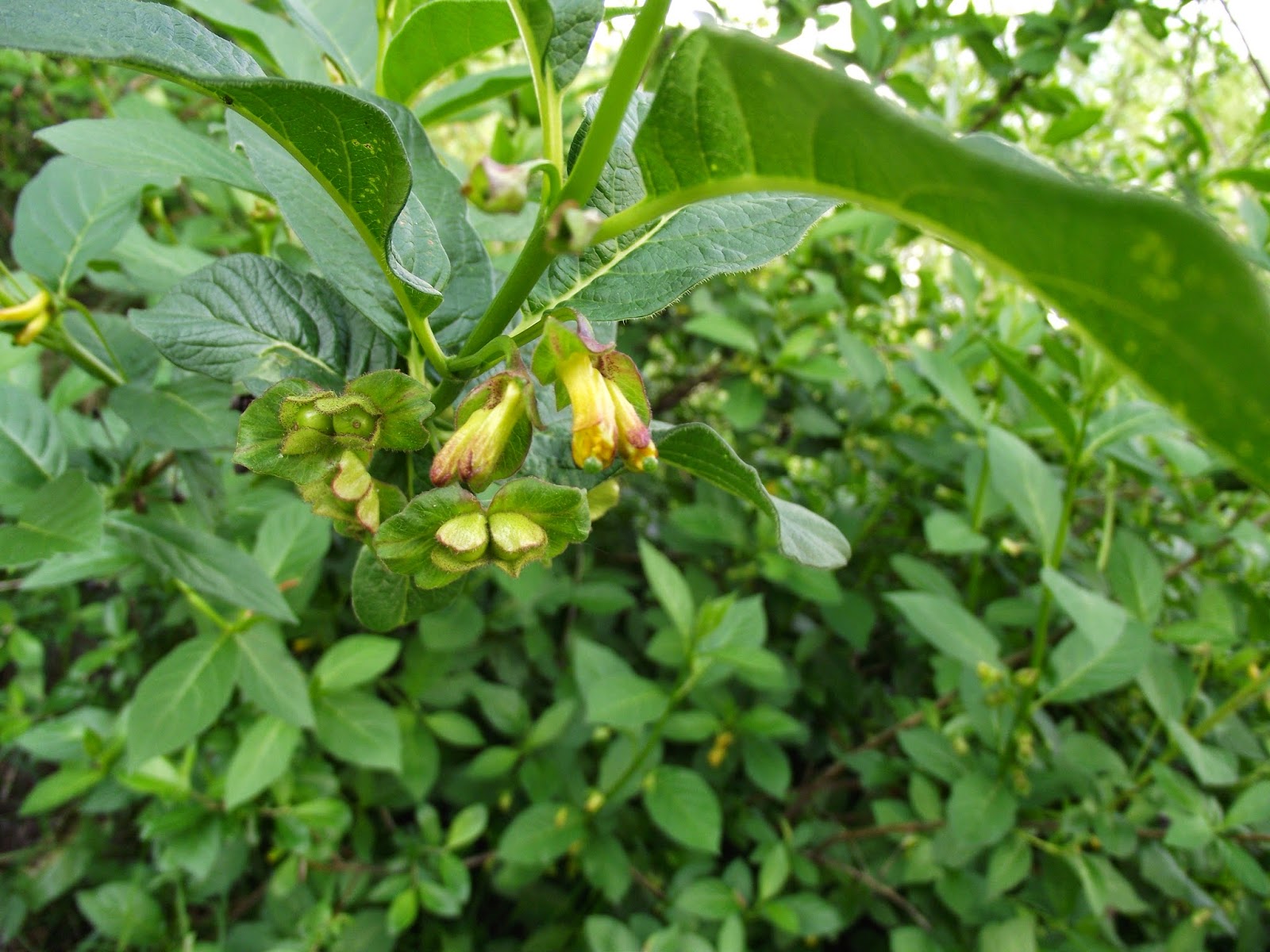Berberis (Mahonia) auifolium
This plant is usually found growing in lowland forests. Its yellow flowers are growing out of a few central stems located in the center of the plant. There are usually 5-9 leaflets per stem and they are compound with jagged/pointed edges, dark green in color. Later in the summer it will get clusters of blue berries. The edges of the leaves are sometimes reddish in color.
Nootka Rose
Rosa nutkana
This is most easily identified but the red stems and thick with thorns. There are 5-7 leaflets per branch. The leaves are small oval shaped and compound. This time of year they have dried up rose hips, but when they bloom they have pink 5-petaled flowers. At my site they are seen most growing right along the edge of the water, but this plant can be found in many areas including road sides and prairies.
Salix lucida
This plant is characterized by its thin yellow catkins, as well as yellow branches when the branches are young. The leaves are long, dark green, glossy, and narrow and curl at the ends. The stems/branches also include long fingernail like protrusions. They prefer wetland areas and are generally seen growing near water. They also tend to grow taller than other common shrubs.
Twin Berry
Lonicera involucrata
Easily identified by yellow, long, tube-shaped flowers that are paired together. It has dark green eliptical shaped leaves that sort of grow in pairs as well, as they are always opposite each other. When it gets its berries, they will be black and paired like the flowers are. The leaves are very similar to Indian Plum, but if you look for the pairs of berries or flowers it is easy to identify. This plant likes moist habitats, such as wetlands, streamsides, or moist forest.
Lodgepole Pine
Pinus contorta
Identified by having two needles per bundles of needles. Typically has short needles compared to other pines, green-yellow in color and flat. The bark is brown and thin. The protruding long bumpy structure contains pollen, while the small brown "egg-shaped" cones contain the seeds. This plant generally prefers a drier habitat, but I have seen it both at UBNA and Magnuson (wetland areas) generally growing farther away from the water.
Cottonwood
Populus trichocarpa
The leaves of the cottonwood are two-toned- dull and yellow on the bottom and shiny and green on top. The leaves are oval shaped and taper off into a point at the end. It is easiest to identify this tree at a distance because you can easily see the shiny and dull sides of the leaves. Can grow incredibly tall. Bark is gray with lots of lines/edges. It has "fluffy" seeds that can be carried by the wind. Typically found in wet areas, found growing nearly everywhere in a wetland site.
Snowberry
Symphoricarpos albus
This is easiest to identify by the fact that it has different shaped leaves. They start out round but then turn into a "mitten" shape. It also makes it easy to remember because you wear mittens in the snow! The leaves are very small and green with red edges and opposite one another. During the winter they will have white berries. This is seen growing throughout Magnuson.
Giant Horsetail
Equisetum telmateia
Jointed stalk with long thin segmented green stems coming out from all sides of the stalk. Found growing mostly near the water at Magnuson. When they first start growing, they sort of resemble mini pine trees because their branches are much closer together. The fertile stalks do not grow branches. Instead they have a sort of cone shaped structure on top that contains spores.








No comments:
Post a Comment